Revenge of the Rocketeers: A Tour of NASA’s Jet Propulsion Laboratory (PART 2 OF 2)
Trevor David explores the in’s and out’s of rocket science in the second installment of Atlas Obscura’s visit to NASA’s Jet Propulsion Laboratory, or JPL. Catch up on the introductory first post from Thursday, September 2: Born of Maverick Rocketeers.
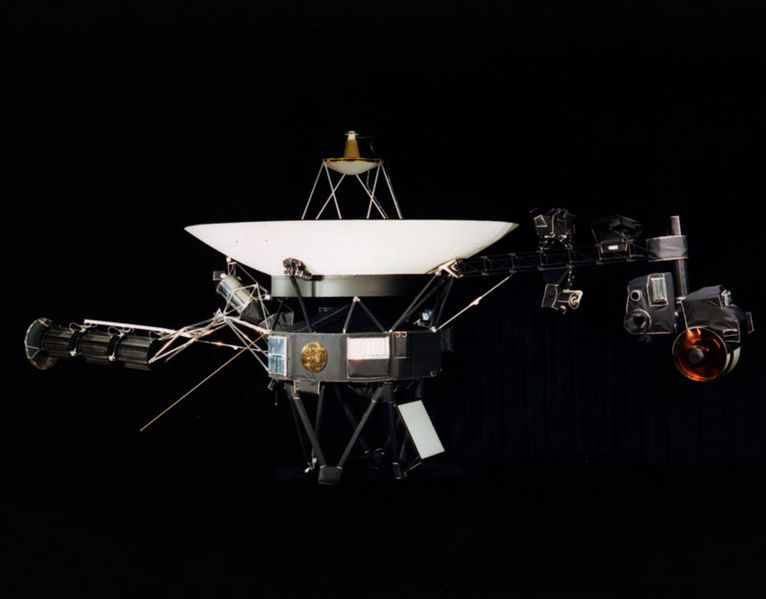
The Voyager I Satellite (source)
A visit to JPL can elucidate some lesser known facts about the history of human exploration in space. Did you know that after the Soviets first crash-landed their Luna 2 spacecraft on the Moon in 1959, it took the Americans sixteen attempts to hit it in a similar fashion? The Americans finally hit their target in 1964 with NASA’s Ranger 7. Most likely, this story is overshadowed by the Americans catching up quickly by becoming the first nation to send men to the Moon only five years later.
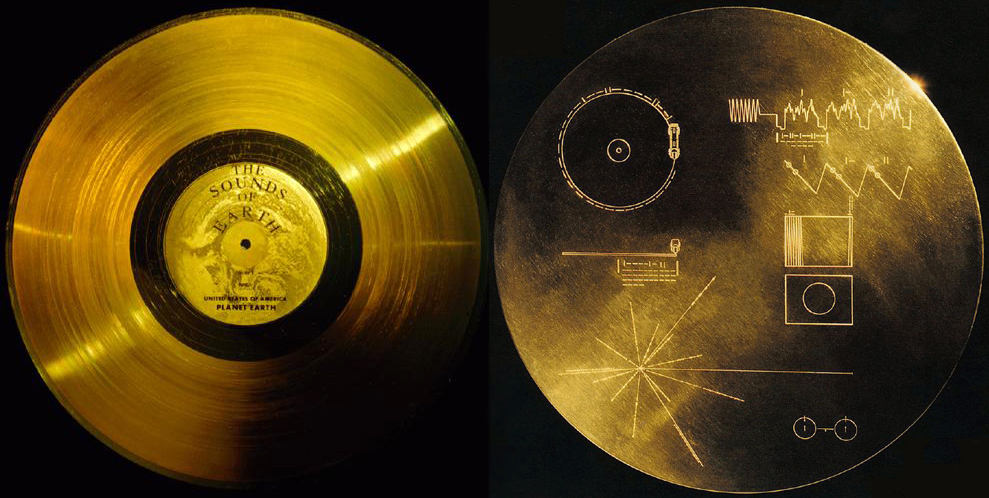 The Golden Record that was affixed to the Voyager 1 and 2 satellites. On it are greetings in over 50 different languages, music from around the world, and most importantly, graphical instructions for playing the record. The contents of the record were selected by a committee chaired by Carl Sagan. (source)
The Golden Record that was affixed to the Voyager 1 and 2 satellites. On it are greetings in over 50 different languages, music from around the world, and most importantly, graphical instructions for playing the record. The contents of the record were selected by a committee chaired by Carl Sagan. (source)
Perhaps JPL’s largest draw, however, is the cleanest room in California. Here, in the high bays of the Spacecraft Assembly Facility, visitors can watch scientists and engineers piece together the next big rover or satellite to boldly go where no robot has gone before. Because of the sensitive nature of the sometimes multi-billion dollar crafts, the dust levels in the clean room where they are assembled is kept strictly below 100,000 particles per cubic foot, making JPL home to the one of the cleanest environments on Earth. It is inscrutably cleaner than not only your home or yard, but also the nearest mountain top.
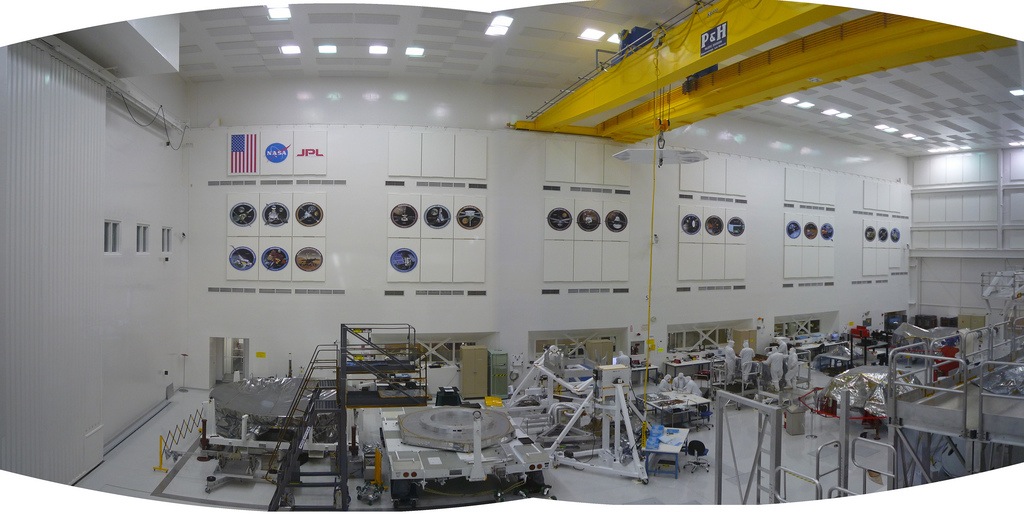
Clean room at JPL’s Spacecraft Assembly Facility. Scientists and engineers (lower right) are working on the Mars Science Laboratory Rover, an SUV-sized robotic vehicle to be launched in 2011. (All Rights Reserved: Trevor David)
The dirtiest things to enter this room are the scientists themselves. For this reason, a stringent “scrub in” procedure is enforced to minimize the amount of dust tracked into the space. At times of high-tidiness, workers are required to jump into paper-white “bunny suits” that cover their bodies. A surgeon’s hat and mask as well as fabric boots then complete the outfit. But that’s not all: sticky floor mats and a brushing machine remove the grime from their shoes and an air shower blasts the poor particles from their bodies. Finally, a grounding clip is attached at the wrist and waist to prevent the accumulation of static charge. All of this fuss is for good reason, however: if it weren’t for the precautionary measures, scientists would risk shorting an expensive circuit or, even worse, contaminate the destination planet or moon potentially harboring sensitive life forms.
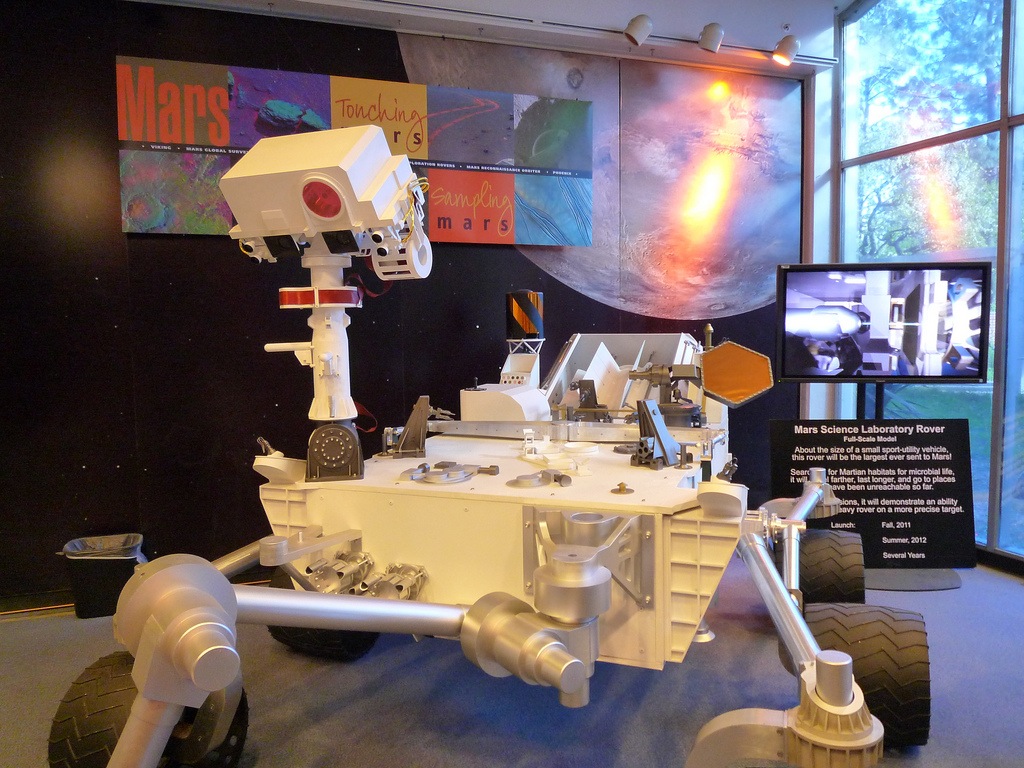
Scale model of the Mars Science Laboratory Rover. (All Rights Reserved: Trevor David)
Currently, JPL scientists are piecing together the Mars Science Laboratory (MSL), also known as Curiosity. The rover, which is the largest ever built, is scheduled to launch in November 2011. For at least one Martian year, MSL will undertake the very important tasks of characterizing the climate and geology of Mars, determining if life ever arose, and establishing the habitability of the red planet. It’s not too much of a stretch to say that the fate of humanity rests in the ability of this little space SUV, and the clean room procedures protecting it!
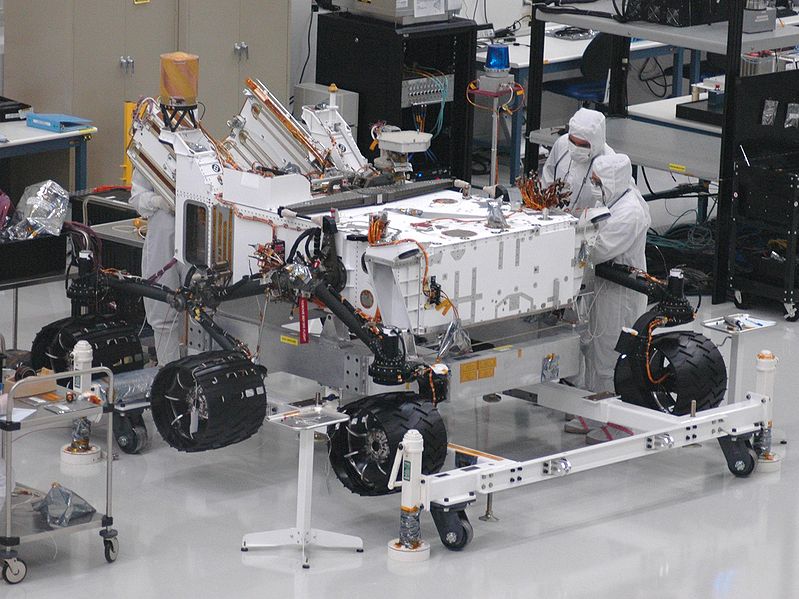
Testing the Mars Science Laboratory in a clean room. (source)
Regardless of whether Martian real estate is your cup of tea, the Jet Propulsion Laboratory is still worth a visit if for no other reason than to visit the only place in the country to see “space robots” before they’re shot into space. On the other hand, if you’re already preparing your Interplanetary Passport for the mass exodus, you might want to hold off on visiting JPL until May’s annual open house, when there are bonus activities and extended access within the laboratory.


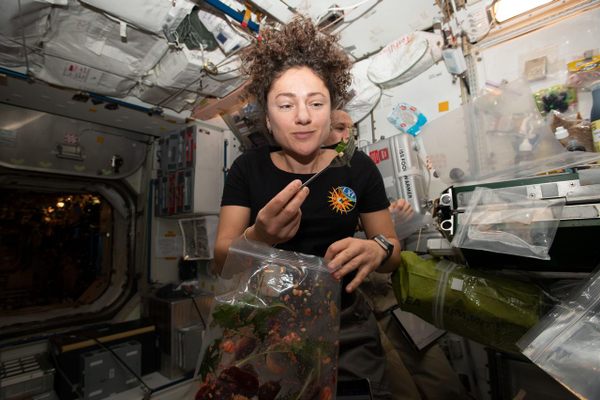








Follow us on Twitter to get the latest on the world's hidden wonders.
Like us on Facebook to get the latest on the world's hidden wonders.
Follow us on Twitter Like us on Facebook